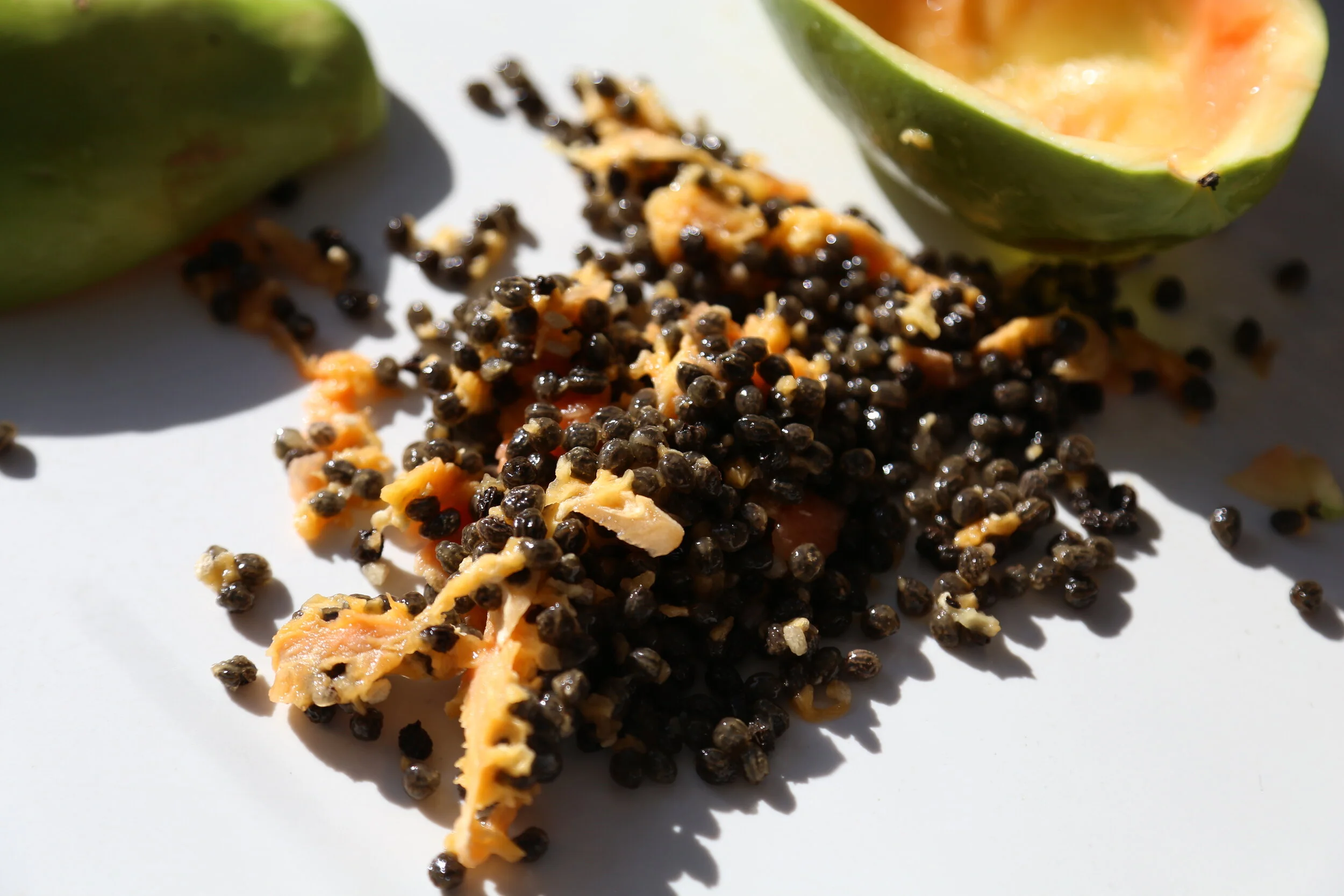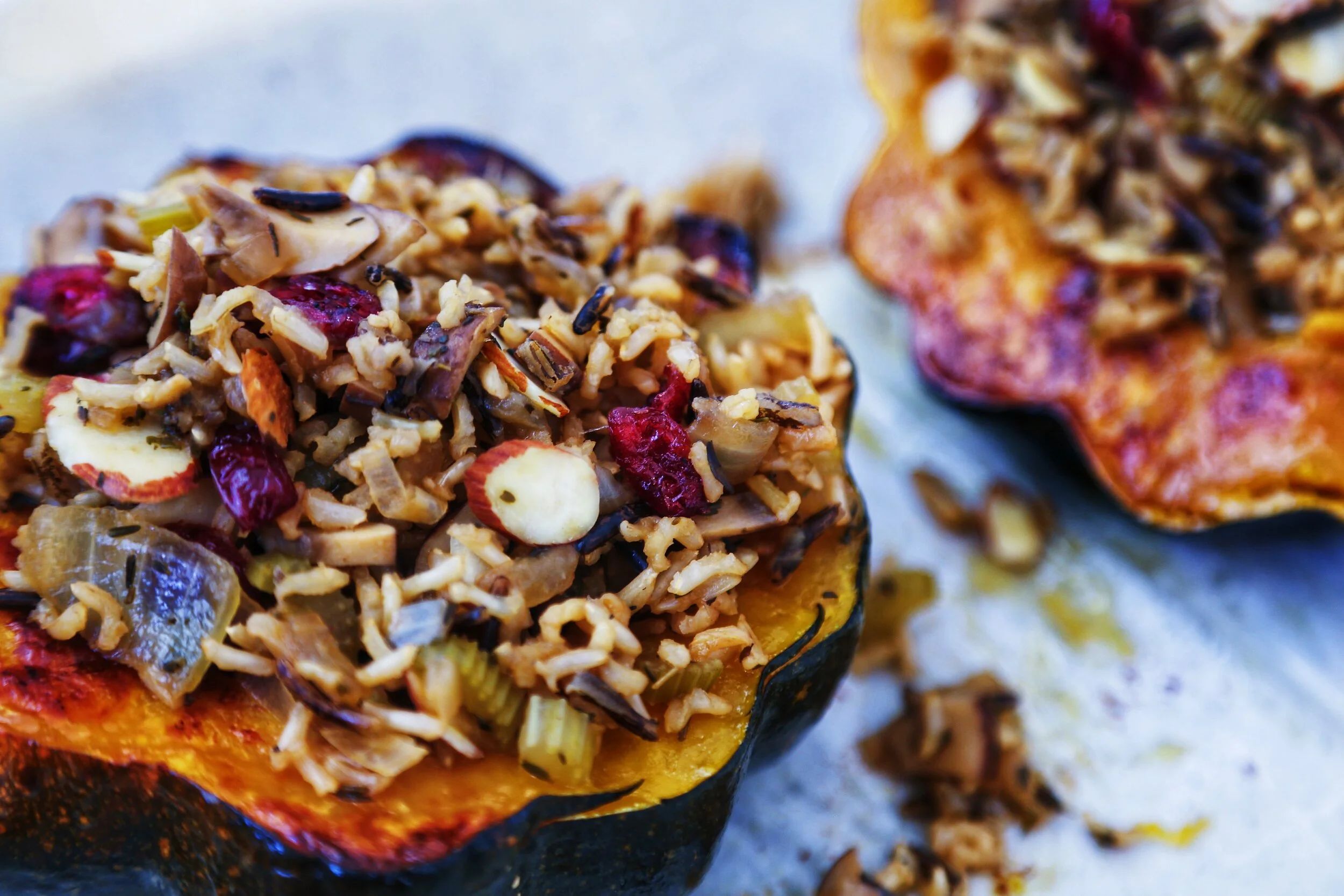How to make gentle and cleansing traditional kitchari
I’ve been on a major cleansing kick over the last couple of weeks.
Nothing dramatic, just focusing on real, whole foods at every meal with easy to digest ingredients, which always makes me feel my absolute best.
In addition to a juice or smoothie for breakfast, I’ve been making and eating kitchari on a near daily basis lately.
For those who don’t know, Kitchari is a staple dish in Ayurvedic cooking made with simple ingredients aimed at helping cleanse and restore the body, especially the digestive system.
Here, I’m sharing my take on a traditional kitchari recipe.
Generally, kitchari is made with split yellow mung beans (also known as moong dal), white jasmine rice, ghee, a handful spices, and a couple of easy to digest vegetables.
While it’s incredibly simple and easy to make, a few things to note before you get started:
First, this dish calls for split yellow mung beans.
They’re from whole green mung beans but the husks have been removed, leaving a lighter yellow split mung bean. Removing the husks improves digestibility significantly. So be sure that you use the split yellow variety, not the whole green mung bean.
Second, using as whole spices (i.e. seeds) as you can will make your kitchari more fragrant and flavorful.
Whole spices retain more flavor than ground varieties.
Third, you can choose which vegetables you’d like to include (if any) but do make sure that they’re easy to digest.
Carrots, celery, asparagus, zucchini and other summer squash or butternut, acorn and other winter squash are all great options.
One of the benefits to eating kitchari is that it is easy to digest. Choosing cruceriferous veggies, for example, may have the opposite effect.
Other benefits include a high fiber content, the fact that it’s a complete protein, and if you are making it with the intention to cleanse, it’s made with simple ingredients, all of which are real, whole foods, which make cleansing feel more nurturing and manageable than just about any other cleanse I can think of or have tried (and you know I’ve tried lots.)
I hope you love the way this dish tastes and makes you feel when you make it as much as I do.
If you’re interested in preparing it, check out the recipe below.
And if you want to learn more about the cleanse I did, let me know and I will share all the details about what exactly I did, how I felt and what I discovered in a follow-up post.
Enjoy!
Gentle, cleansing traditional kitchari
Prep Time: 10 minutes | Cook Time: 30 minutes
Ingredients:
1/2 cup white jasmine or basmati rice, rinsed well
1 cup split yellow mung beans, rinsed well
6 cups of water
1/2 tsp cumin seeds
1/2 tsp fenugreek seeds
1/2 tsp fennel seeds
1/2 tsp mustard seeds
1/2 tsp coriander powder
1/2 tsp turmeric powder
2 tsp mineral salt
1.5 tbsp of ghee or coconut oil
1 knob of ginger, grated
2 cups of easy to digest vegetables (asparagus, celery, carrot, or zucchini is recommended), chopped
2 limes, juiced
Handful of fresh cilantro (optional)
Directions:
Roughly grind cumin, fennel, mustard and fenugreek seeds in a mortar and pestle.
Place a large dutch oven over a low-medium heat; add ghee or coconut oil. Once melted, stir in all spices and ginger and stir
As soon as mustard seeds begin to pop (about 20-30 seconds) add rice and split mung beans to the dutch oven and mix well until they’re evenly coated in spices. Add water to the dutch oven, and increase heat to high. Bring water to a boil, then reduce to a low simmer and continue to cook covered on a low heat for 20 minutes. At the 20 minute mark, add vegetables and cook for another 5-10 minutes (or until the grains are soft and the water is mostly absorbed).
Remove the dutch oven from the stove and serve warm. Top with additional salt to taste, and optional cilantro.
While best eaten fresh and warm, kitchari can be stored in the fridge in an airtight container for upto 5 days or in the freezer for longer.
To reheat it, place it on the stove over a low to medium heat and add a bit of water to thin it out with an additional 1-2 tsp of coconut oil or ghee.
If you liked this article, be sure to sign up for my newsletter to receive this type of content and more delivered to your inbox every month!














